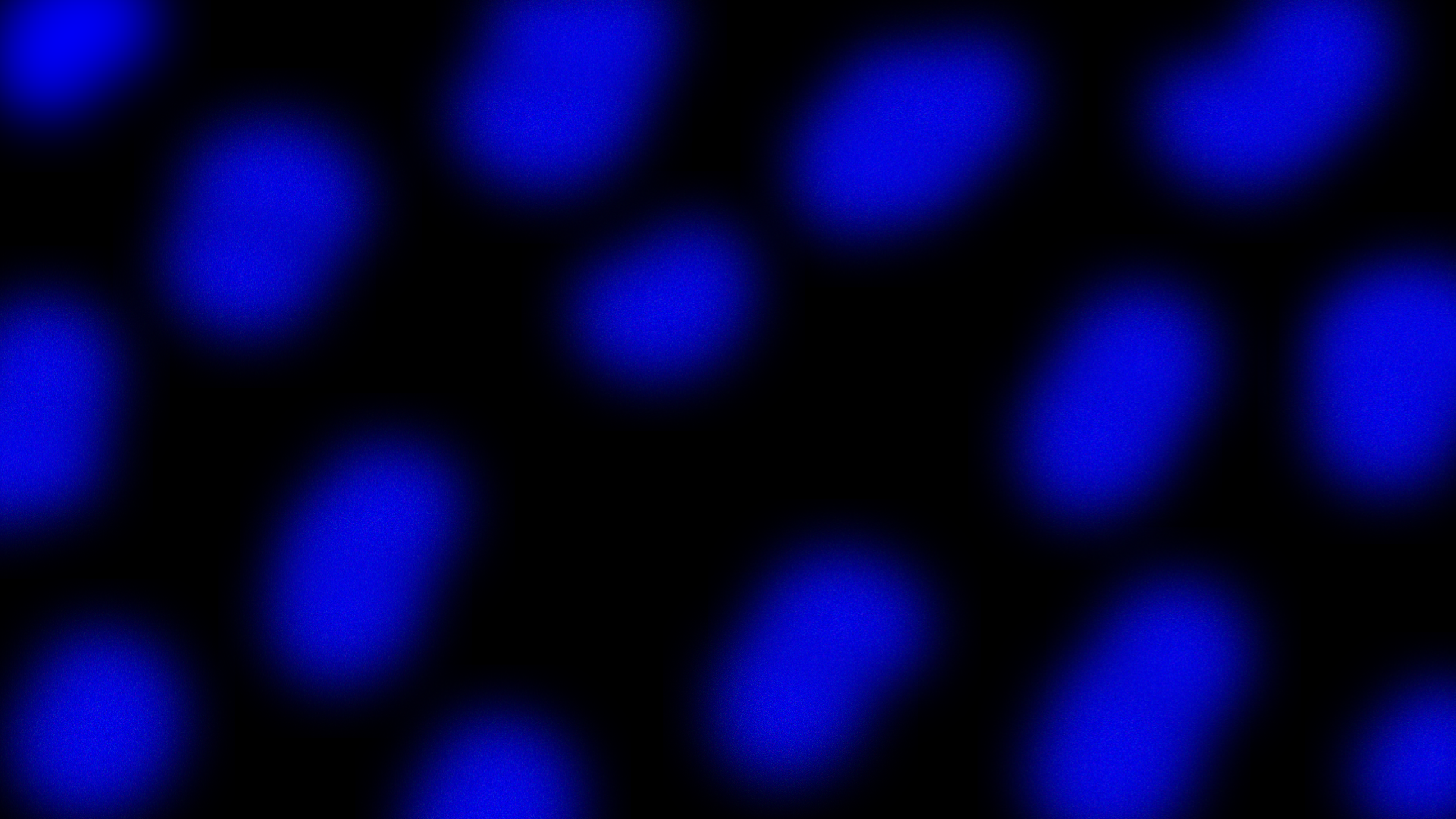
POLIANA LIMA
(BRAZIL, 1983)
IS A CHOREOGRAPHER,
DANCER, AND
TEACHER LIVING
IN MADRID.
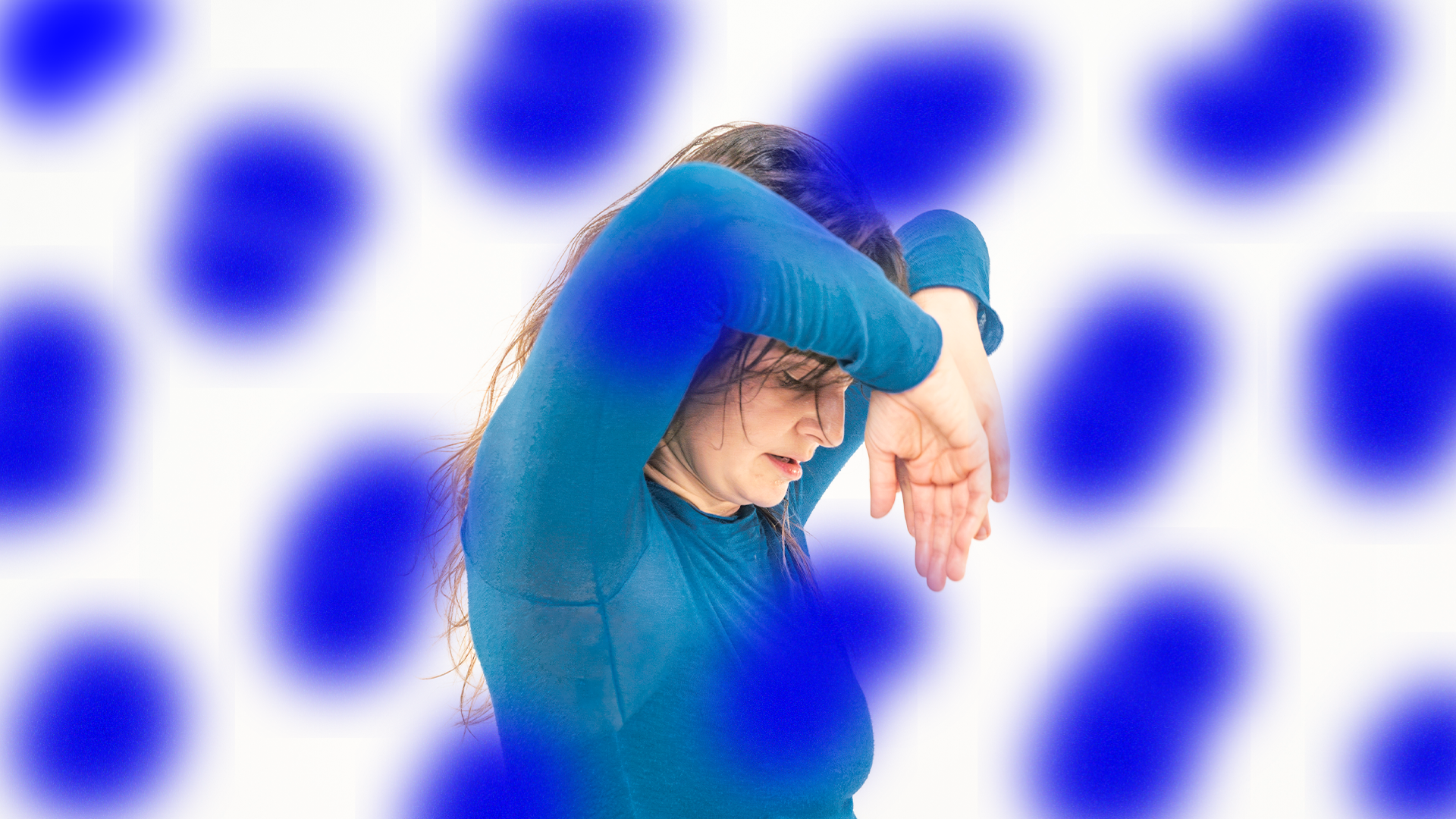
Graduated in sociology at UNICAMP (Brazil) and dance at different schools, as well as having grown up in a culture where dance is very present. Poliana synthesises these paths in the body and takes them as the central object of her expression and research. Creatively, she explores the possibilities of creating poetics on stage capable of communicating with the audience in a simple and profound way. Themes such as identity and memory are recurrent in her creations, to which she adds the relationship between creation and pedagogy, which she considers a fundamental part of her work as an artist.
In the last 15 years Poliana has created 8 full-length works and 6 short works and dance projects. She has been an associate artist of Condeduque-Madrid (2018-20), and has received support from Teatros del Canal, CND -Pantin, Festival Dias da Dança- Oporto, Aerowaves among others.
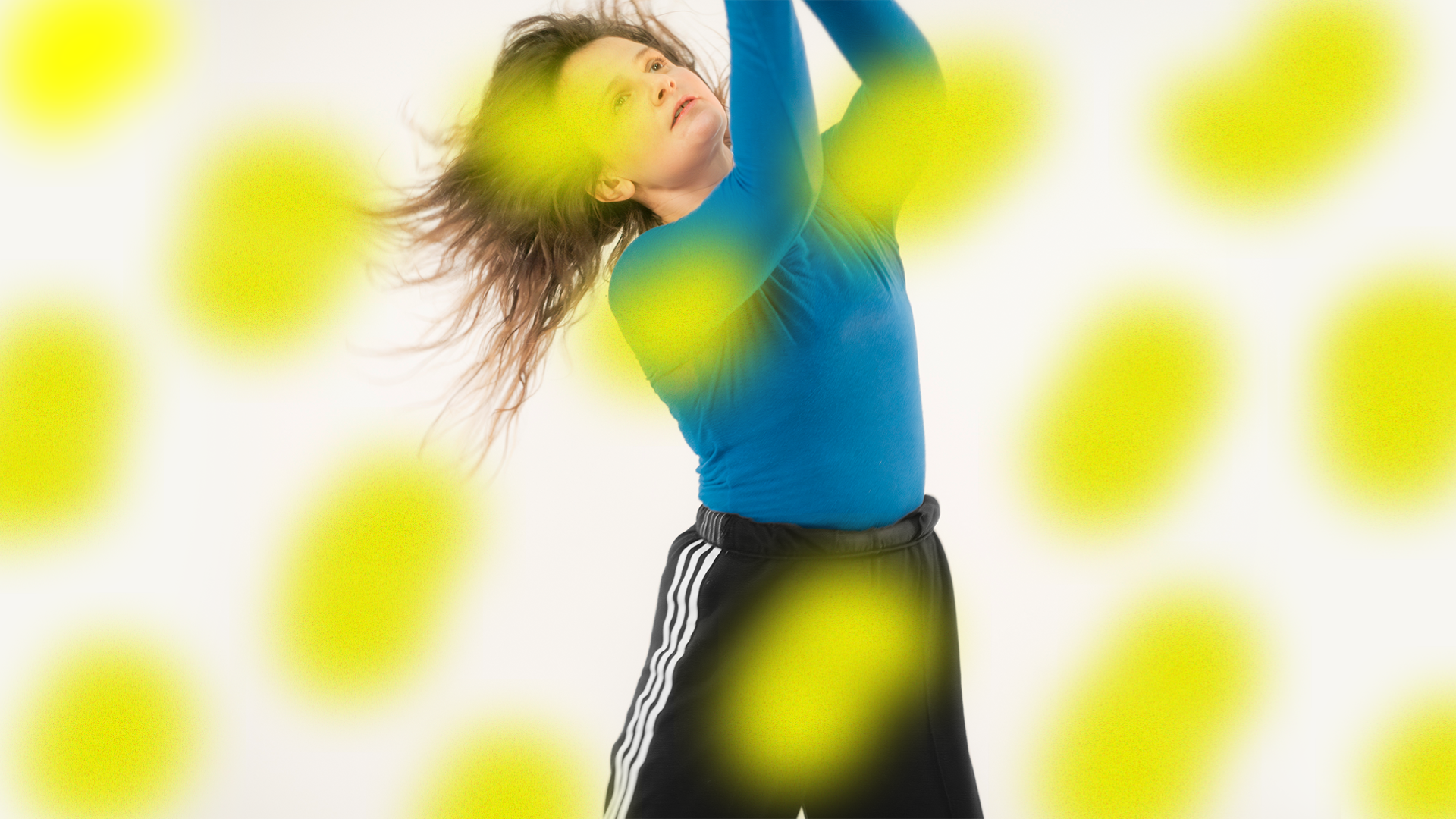
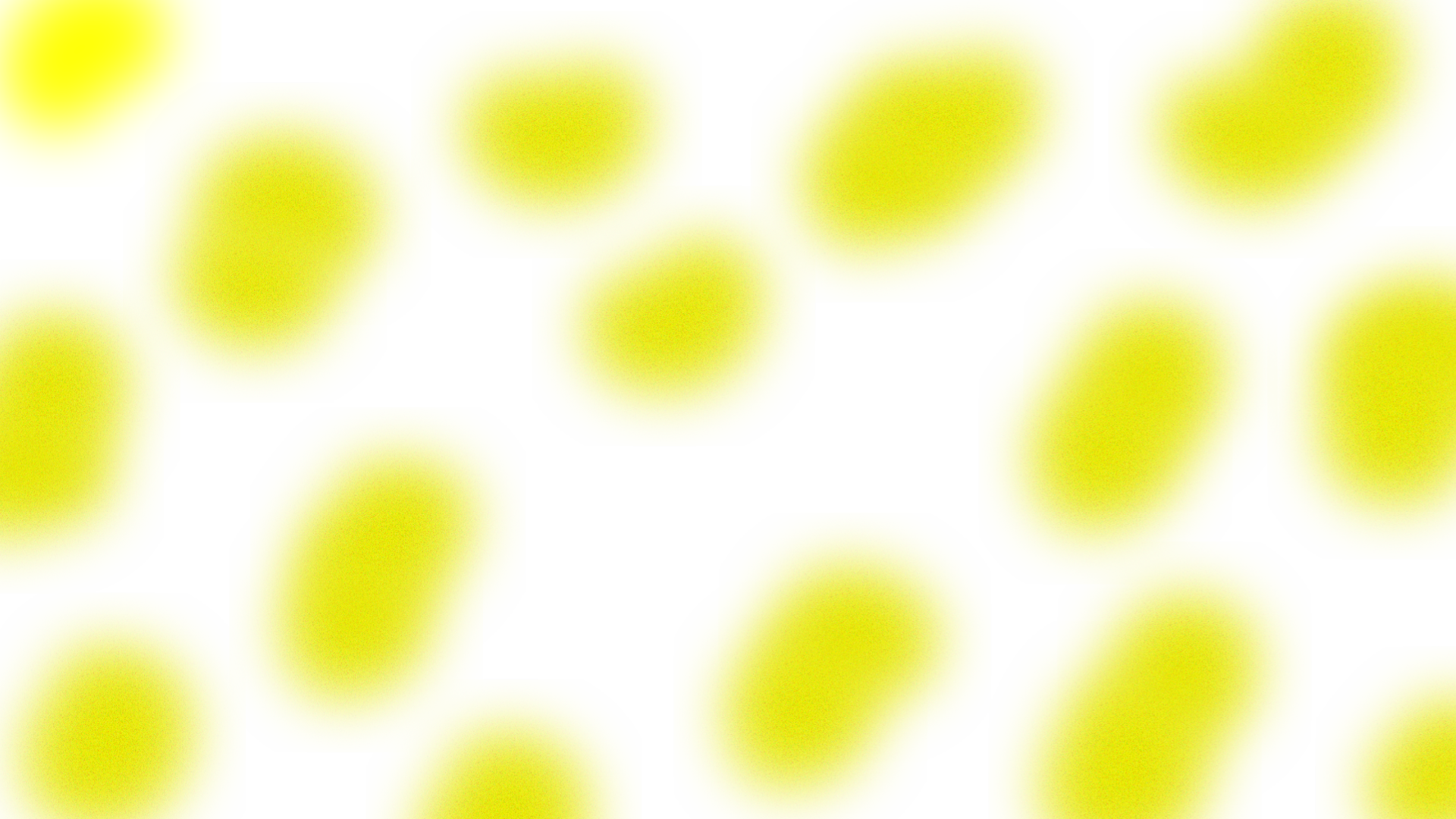
CURRICULUM
In 2011, she made her first short professional choreography, Palo En La Rueda (Stick in the Wheel). One year later, she collaborated with Lithuanian choreographer Ugne Dievaityte. Their collaboration resulted in the piece Es Como Ver Nubes (It’s Like Watching Clouds)’ which was awarded the Audience Prize at the 26th Choreographic Contest of Madrid; second prize at the One Piece Contest, as well as first prize at the Vila Real Dance Festival in 2014. They also created Flesh, the piece with which she toured nationally and internationally, including to the Fringe Festival (Edinburgh), Spring Forward Aerowaves, el Mercat de Flors, El Dansa Valencia, the New Baltic Dance Festival, the Window of Dance (Madrid in Dance) as well as at the Korzo Theatre. In 2013 she was invited to participate in the European ‘Performing Gender’ initiative, where she created Cuerpo-Trapo (Rag-Body)’ for the Contemporary Arts Museum of Zagreb.
In 2014 she launched Atávico (Atavistic)’, her first ensemble piece, which was awarded the First Prize at the 28th Choreographic Contest of Madrid, as well as the Audience’s Award, the Critics’ Award, the 2015 Dance Web Scholarship from Impulstanz Vienna, and a residency at Tanzhaus, Zurich.
In 2017 Poliana Lima premiered her solo ‘Hueco (Hollow)’ at the Teatros del Canal in Madrid and at the BAD Bilbao Festival, and in June 2018 she began her national and international tour. Between 2018 and 2020 Poliana was an associate artist of the Centro Cultural Condeduque Madrid where she has premiered the intergenerational piece ‘Aquí, Siempre’.
In 2020 she premieres ‘Las cosas se mueven pero no dicen nada (Things move but they do say anything)’ at the Teatros de Canal, in co-production with the Festival Días da Dança in Oporto and the Centre National de la Danse in Paris. Between 2020 and 2021, despite the pandemic, the piece toured France, Greece, Croatia, Slovenia and Serbia and was selected for Aerowaves 2021.
In 2022 Poliana inaugurates her trilogy ‘El cuerpo común (The common body)’ about body, identity and cultural lineages with the premiere of ‘Oro Negro (Black gold)’ at the Festival de Otoño de Madrid. In 2024 she premieres the second installment, the sextet ‘The Common Ground’ in collaboration with Condeduque, Madrid and Dansa Metropolitana, Barcelona.
She currently combines her work as a teacher in her studio EspacioTiempo, co-directed with Lucas Condró, in Madrid, while preparing her next projects: ‘A Place to Dance’ in collaboration with the choreographer, researcher and dancer Yinka Esi Graves with the support of Teatro Central, Sevilla and the Mercat de Les Flors, Barcelona, as well as the last instalment of her trilogy, ‘Carnaval’, which will premiere in 2027.
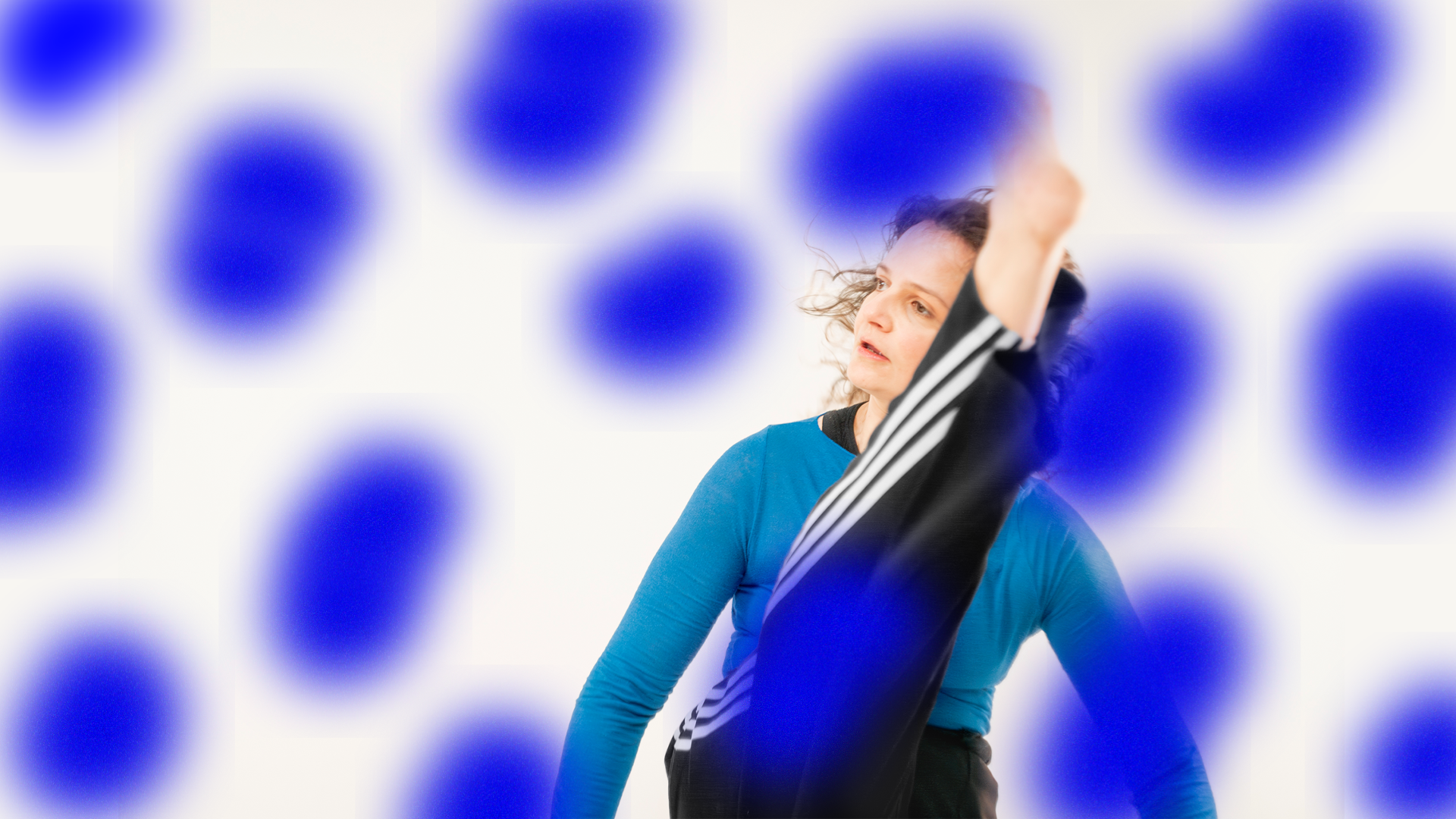

I dedicate myself to the experience of movement, to the creation and transmission of dance, which I consider to be the art of transformation.
As a dancer, I think that the fundamental aspect of my profession is to observe and feel the unfolding of multiplicity at every moment and to allow myself to be affected by it.
As a choreographer, I am passionate about creating frameworks and structures that can show the processual character of things and the processual nature of things and the undefinable and unfathomable nature of what we call reality.
As a transmitter I emit and receive. I receive and emit at the same time. I investigate with the people with whom I share the time to dance and the vision of dance as a way of life.
I could say that I create frameworks for observing transformation and experiencing it at the same time.
Between all these possibilities I create and share worlds.
